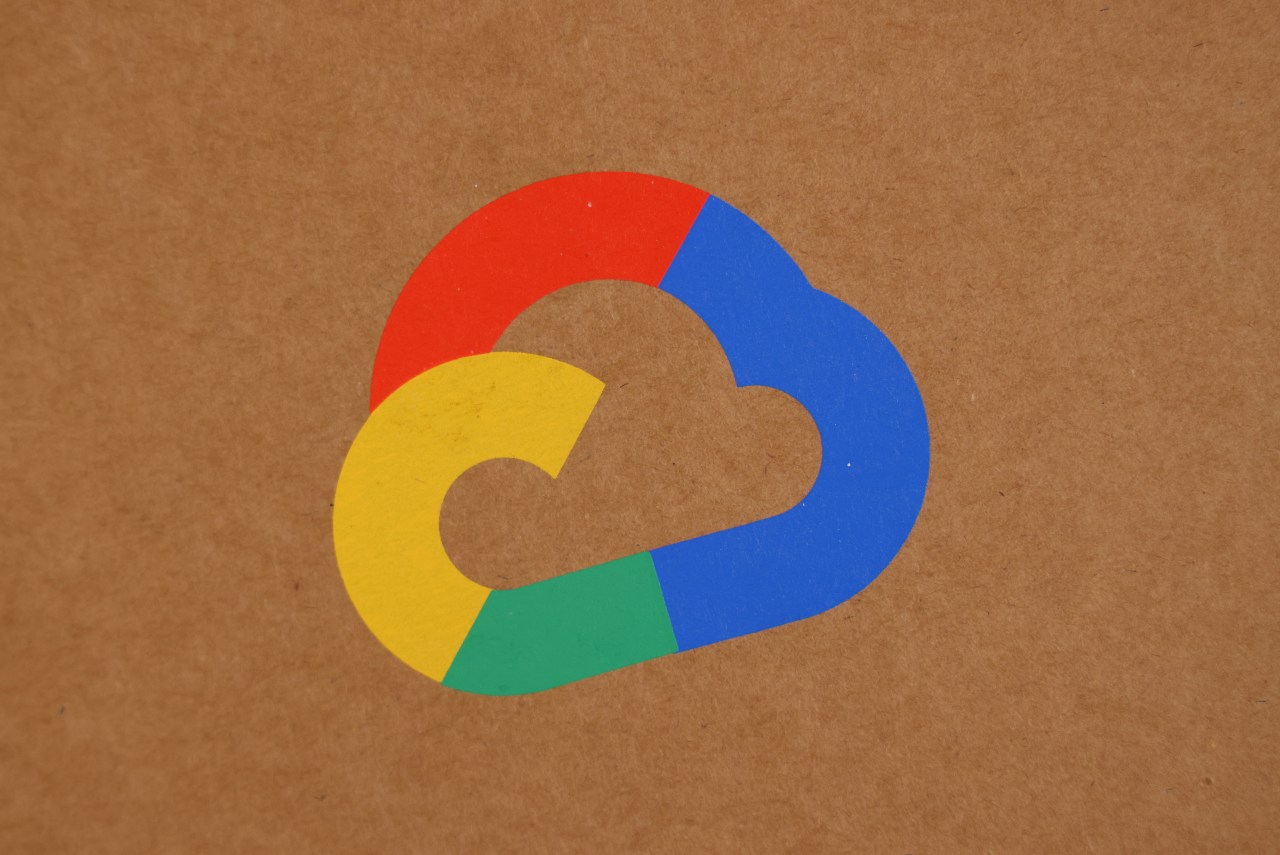The realm of generative AI is surging forward at an unprecedented pace. A recent collaborative survey by Fortune and Deloitte revealed that over half of CEOs globally are experimenting with AI for tasks ranging from generating text to creating images. McKinsey’s insights further bolster this narrative, indicating that a third of organizations actively utilize generative AI across several business functions. As the demand for innovative AI solutions intensifies, tech giants are stepping up to meet expectations. Among these, Google Cloud stands out, pushing enhancements to its Vertex AI platform to ensure it remains relevant and competitive in this dynamic market.
What’s New in Vertex AI?
During Google’s Cloud Next conference, several groundbreaking updates were unveiled for Vertex AI, a comprehensive cloud platform designed for developing and deploying machine learning models. Here’s a closer look at some of the enhancements:
- Model Upgrades: The latest iteration of Codey, Google’s code-generating model, showcases a significant 25% improvement in quality across multiple programming languages. Meanwhile, Imagen, the image generation model, introduces Style Tuning, enabling companies to produce images tailored to their branding with minimal reference images.
- PaLM 2’s Expanded Capabilities: PaLM 2 now supports 38 languages in general availability and features an impressive 32,000-token context window, effectively bridging the gap between expansive output and user flexibility in content generation.
- Introducing Third-Party Models: The inclusion of third-party models such as Claude 2 in the Vertex AI’s Model Garden could potentially reshape competitive dynamics, particularly against offerings like Amazon Bedrock.
Aiming for Flexibility and Integration
The updates don’t stop at model performance. Google has also prioritized integrations that enable seamless data flow and application development:
- Extensions and Data Connectors: These new tools aim to facilitate real-time connections between Vertex AI models and third-party applications like Salesforce and MongoDB. This integration allows businesses to leverage live data while enhancing the functionality of their AI models.
- Scalable Solutions with Ray: By including support for Ray, the open-source framework designed for AI scalability, Vertex AI empowers developers to handle extensive workloads more efficiently. This aligns perfectly with the growing need for robust AI solutions especially within large enterprises.
Addressing Ethical Considerations
While the advancements are impressive, they stir pertinent questions around ethical AI deployment. The use of copyrighted data for training models creates potential risks, especially when existing datasets are involved. Google asserts that data governance procedures are in place to audit these datasets for copyright issues. However, the conversation around content ownership—especially for artwork generated by AI—remains murky at best. The current legal landscape offers no clarity on whether AI-generated content is copyrightable, a conundrum that Google has yet to definitively address.
User-Centric Enhancements in AI Applications
With Google effectively responding to the growing demand for tailored user experiences, the introduction of Vertex AI Search and Vertex AI Conversation is noteworthy. Both tools aim to simplify the creation of AI-powered applications:
- Vertex AI Search: This tool allows organizations to build customized search engines powered by generative AI, improving user interactions through multiturn search capabilities.
- Vertex AI Conversation: Focused on conversational applications, this feature facilitates the creation of chatbots capable of handling complex interactions, making them ideal for customer service and transactional dialogues.
Moving Forward: The Path Ahead for Google Cloud
As generative AI continues to evolve, Google Cloud’s commitment to optimizing Vertex AI showcases a proactive stance. From enhancing existing models to integrating innovative features, the vision is clear: maintain leadership in a rapidly expanding landscape. Yet, it’s imperative that ethical considerations, potential risks, and user trust remain integral components of this journey.
At fxis.ai, we believe that such advancements are crucial for the future of AI, as they enable more comprehensive and effective solutions. Our team is continually exploring new methodologies to push the envelope in artificial intelligence, ensuring that our clients benefit from the latest technological innovations.
Conclusion
As Google continues to roll out significant updates to Vertex AI, the underlying ethos remains focused on flexibility, integration, and user-centric enhancements. By addressing growing demands, supporting third-party models, and integrating real-time data, Google positions itself as a formidable player in the generative AI arena.
For more insights, updates, or to collaborate on AI development projects, stay connected with fxis.ai.

